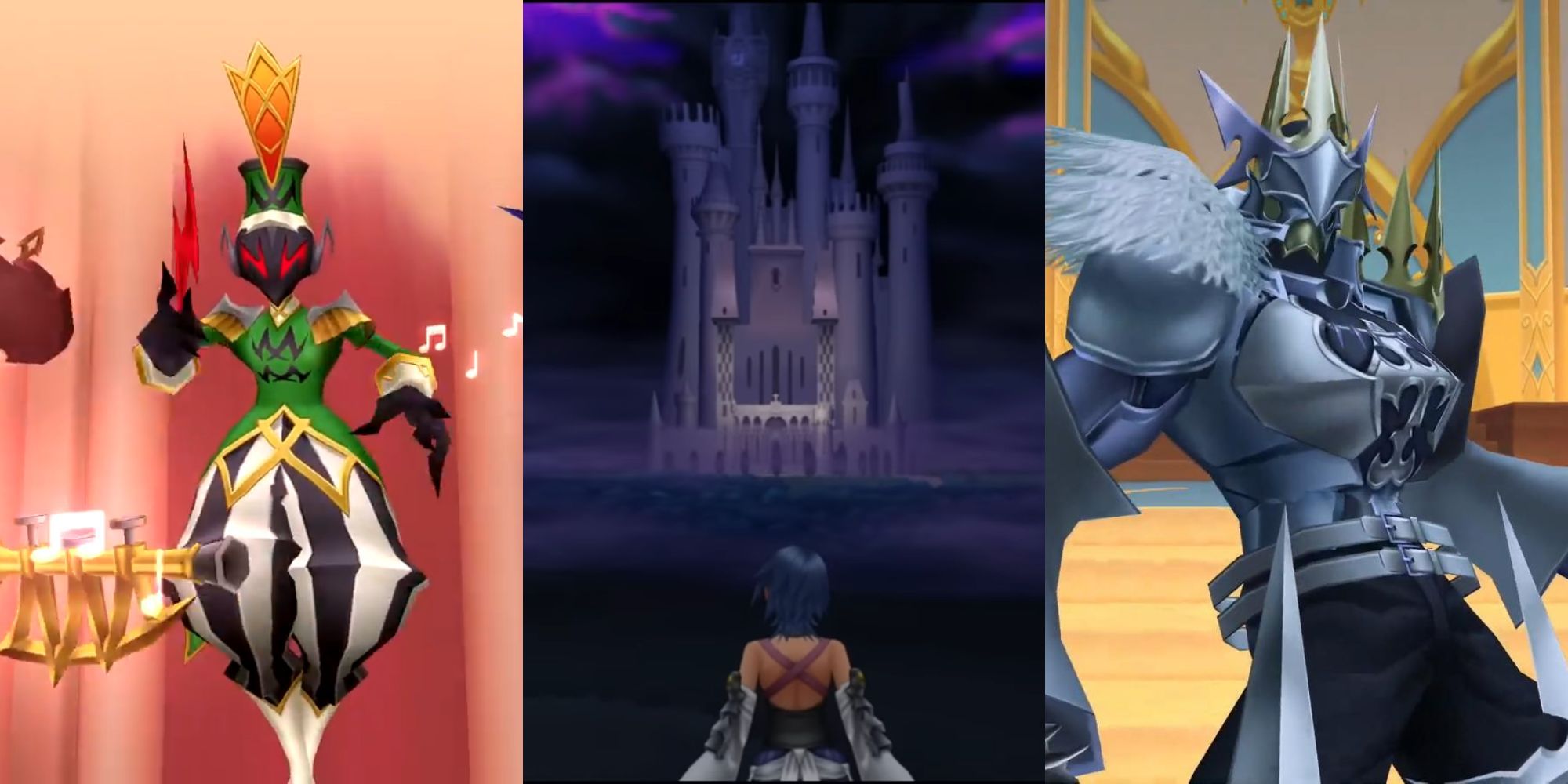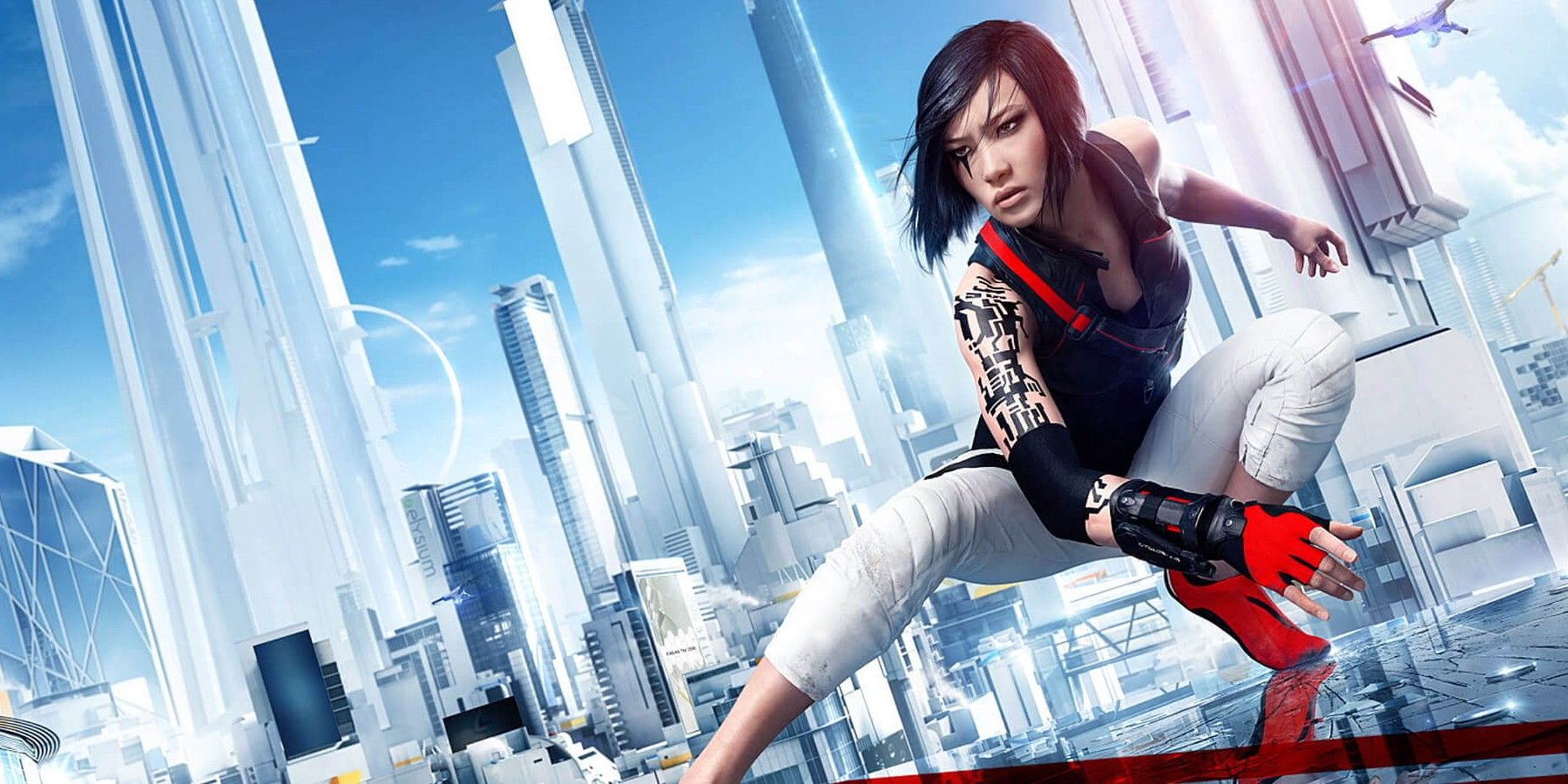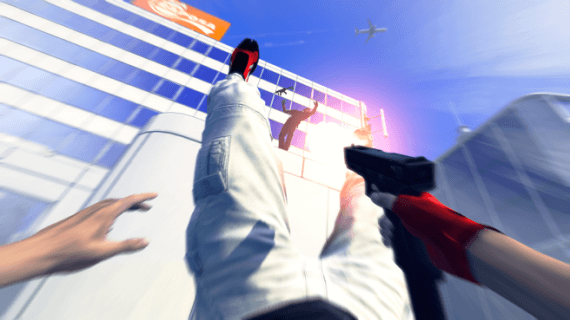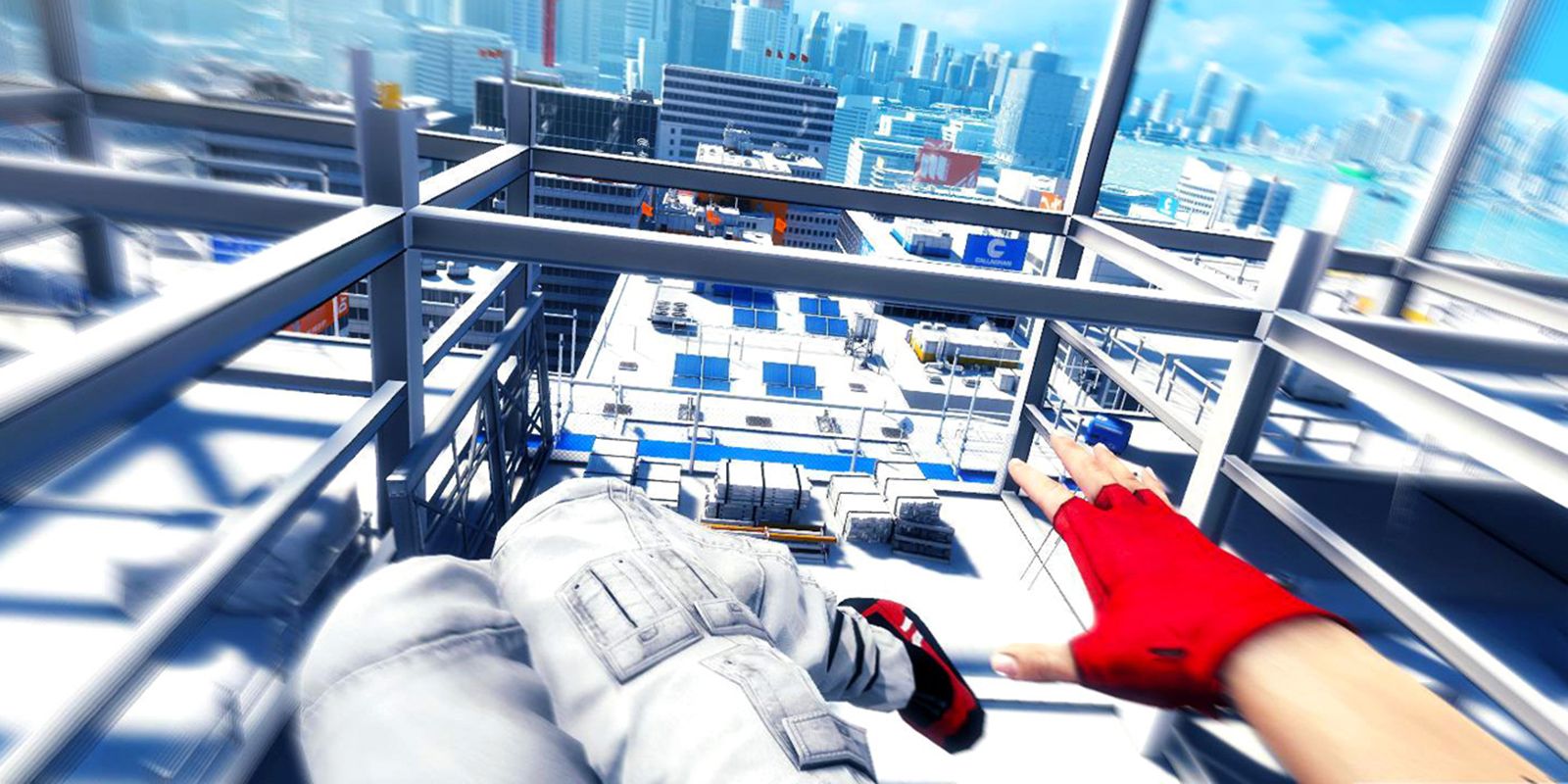In the world of cinema, there's a certain sub-genre of movies that weren't deemed successful upon their initial release, but managed to accrue a loyal following over the next few decades of their life. These movies are called cult classics, and although they may not have the biggest fan-bases, they certainly have some of the loudest. The video game world shares this sub-genre, with the 2008 game Mirror's Edge widely being considered to be a cult classic.
A first-person, parkour-focused game, Mirror's Edge received fairly mixed reviews upon launch, with some outlets considering it to be a brave new step in the FPS genre, while others considered it a short, half-baked collection of decent ideas. Over the years, however, Mirror's Edge has gathered quite the following, with fans still actively engaging in the game today. Wonderfully unique combat mechanics, bold art direction, and innovative controls are just some of the reasons why Mirror's Edge is worth playing in 2022.
An Undying Art Style
Although 2008 may not seem like that long ago to many, the decade's worth of games that have come since have continued to innovate and improve graphical fidelity, leading a lot of late 2000s games to appear much older than they actually are. The games most affected by this are those that aimed to portray realistic graphics, meaning that otherwise excellent games like Grand Theft Auto 4 and Fallout 3 are now a little rough to revisit due to outdated visuals.
Mirror's Edge, on the other hand, manages to look pretty phenomenal, thanks to a highly stylized art direction. While the character models of Mirror's Edge do have a more life-like appearance, Mirror's Edge's environments use a minimalist approach, with just a few colors being used to paint the environment.
During a playthrough, players will notice that walls and other textures will often take on quite minimalist appearances, with simple, sharp lines. Objects that are important to the player are highlighted in a bright red color, making the path forward very clear at all times, while still retaining the game's minimalist art design.
This clear and bold art direction makes Mirror's Edge a joy to play through today, as despite its age, the game still manages to look crisp and interesting, with the minimalist style meaning that there's no real detail that could be lost when using newer monitors or TVs. This stylistic art direction also carries over to the game's cutscenes, which are told through a series of moving comic panels. These two different styles of art direction don't entirely blend well together, but they do help keep the game from being outdated.
Unique, Minimalist Combat
Mirror's Edge also has a fairly unique approach to combat. With the bulk of the game being purely focused on first-person parkour platforming and light puzzles, Mirror's Edge's combat encounters are few and far between. But when these encounters do roll around, players are very limited in what they can do.
To take down an opponent, players can only really punch, or counter. The mechanics themselves don't feel too satisfying, especially when other first-person hand-to-hand games have done it better since, but the limitations placed on the player is where the real satisfaction comes from.
With just two buttons being used in a fight, players are heavily encouraged to use their environment to their advantage, and avoid head-on fights where possible. Similarly, although an opponent's weapon can be taken from them during a counter, that weapon has extremely limited ammo, encouraging the player to be strategical with how they use it.
Over time, this emphasizes the notion that the player-character, Faith, is just human, and despite all their acrobatic abilities, they're still extremely vulnerable. This makes every combat encounter feel incredibly tense and exciting, as the player is forced to use their limited set of tools to gain the upper hand and overcome the odds.
Intuitive and Responsive Parkour Controls
Making a responsive parkour game isn't easy. Making a responsive parkour game in first-person seems even harder. Somehow, Mirror's Edge manages to make its parkour mechanics feel intuitive, responsive, and all without giving the player too much motion sickness.
In-keeping with the rest of the game's core elements, the parkour mechanics in Mirror's Edge are also fairly minimalist, with just one button doing all the heavy lifting. With just a simple tap of L1/LB, players will jump, swing, and run across walls. Having just one button to control most of the game's action makes it a very intuitive and easy-to-learn game.
However, as should be the case with all great games, learning the ropes is easy and mastering the mechanics is a whole other challenge. To compete in Mirror's Edge's Time Trial mode, players will need to learn all the ins and outs of the game's more complex mechanics. While they'll certainly be able to finish the Trial using the skills they've picked up during the campaign, players will need to spend quite a bit of time perfecting their jump timings, and ensuring that each of their landings are pixel-perfect if they want to land anywhere near the top of the leaderboards.
Though it may not have been recognized at the time, Mirror's Edge is generally considered to be an extremely innovative game for the time, going on to influence modern titles like Dying Light and its recently released sequel. While the series may have never reached the heights it could have, as a Mirror's Edge sequel that missed the mark in a number of ways hurt its reputation, at least the original game's legacy lives on in other modern franchises.







